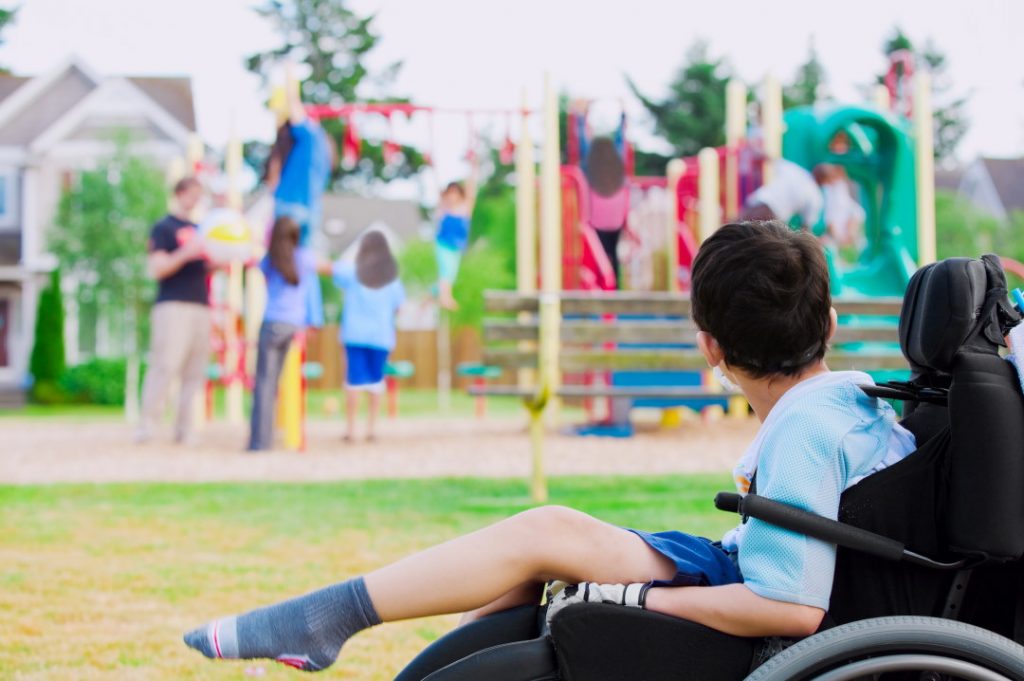Cerebral Palsy – Causes, Risk Factors, Symptoms, and Treatments
Cerebral Palsy – Everything You Need to Know
Cerebral palsy is a neurological disorder that stems from a brain injury, which can occur before or during birth. Research shows there are an estimated 800,000 people in America who are living with this condition. It impacts a person’s physical movement, muscle control, and posture. Signals from the brain to the body are essentially lost. However, the severity of the symptoms can differ from one person to the next. Even as an adult, a person with severe cerebral palsy may need assistance with everyday tasks. A specialized wheelchair or walker helps with mobility, thus allowing them to become a bit more independent.
Causes & Risk Factors
Doctors can’t predict whether a child will develop cerebral palsy. Nevertheless, babies born after difficult labor after more prone to the disorder. They may fail to get enough oxygen to the brain. Premature births also increase the likelihood of cerebral palsy. If the mother has a fever or infection while pregnant, the child is at an even greater risk of suffering from cerebral palsy. Inflammation-causing proteins could enter the unborn baby’s bloodstream.
 Signs & Symptoms
Signs & Symptoms
As the toddler ages, the signs will become even more evident. There’s a good chance they’ll have trouble talking. Cerebral palsy often hinders a child’s ability to control the muscles around their mouth and tongue.
How Does Cerebral Palsy Effect People?
Mobility Issues
Communication Issues
Pain
Trouble Eating and Drinking
Learning Difficulties
Emotional Well-Being
Epilepsy
Common Misconceptions About Cerebral Palsy
While a good percentage of people diagnosed with cerebral palsy may need assistance, this isn’t the case for everyone. Others are able to enjoy normal, productive lives. They can drive, attend college, run businesses, and start families. Many of these people refuse to use their disorder as an excuse to give up.
Treatments for Cerebral Palsy
After a child reaches a certain age, they may be prescribed medications to help manage symptoms. Massages and physical therapy can also help provide temporary pain relief. Among the newest treatments for cerebral palsy is Botox. Although Botox is popular among celebrities who desire a more youthful appearance, this treatment also helps alleviate muscle stiffness.
Counseling may be needed for people who are dealing with behavioral and emotional issues. Meanwhile, speech therapy will aid a person’s communication skills.
